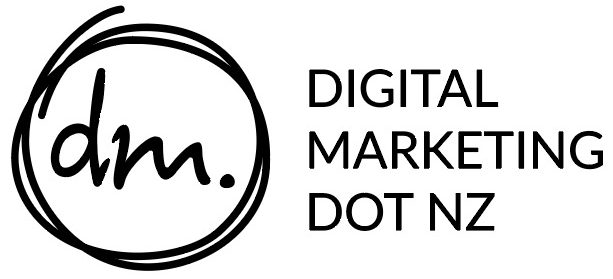In New Zealand’s competitive and digitally driven market, a business website is often the first point of contact between a company and its potential customers. A well-designed and functional website can set your business apart and help build trust, credibility, and customer engagement. Here’s what a typical business website in New Zealand should include to meet local expectations and stand out:
1. Clear and Professional Design
New Zealand businesses value simplicity and professionalism. A clean, modern design with intuitive navigation is key to creating a positive first impression.
- User-Friendly Layout: Visitors should be able to find information quickly and easily, with a well-organized menu and logical page hierarchy.
- Brand Alignment: The website’s color scheme, fonts, and images should reflect your brand identity to create a cohesive and recognizable image.
- Mobile Responsiveness: With a significant portion of users accessing websites on mobile devices, your site must perform seamlessly across all screen sizes.
2. A Compelling Homepage
The homepage is your digital storefront. It should instantly communicate what your business offers and why visitors should choose you.
- Headline with a Value Proposition: Clearly state how your products or services benefit your customers.
- Key Services or Products: Highlight your main offerings with brief descriptions and visuals.
- Call-to-Actions (CTAs): Include clear CTAs like “Contact Us,” “Get a Quote,” or “Learn More” to guide visitors toward taking the next step.
- Trust Elements: Add customer testimonials, awards, or certifications to build trust.
3. Services or Products Page
Dedicated pages for your services or products allow you to go into detail about what you offer.
- Service Details: Clearly explain what you provide, how it works, and the benefits to customers.
- Visuals: Use high-quality images or videos to showcase your work or products.
- Pricing Information: If applicable, include transparent pricing or package options to help customers make informed decisions.
4. About Us Page
Kiwis value transparency and personal connections, so an “About Us” page is an essential part of building trust.
- Company Story: Share your journey, values, and mission to create a relatable and approachable image.
- Team Introduction: Include photos and bios of key team members to personalize your brand.
- Local Connection: Highlight your connection to New Zealand, such as how you support the local community or your understanding of local needs.
5. Contact Page
Make it easy for customers to get in touch with you.
- Contact Form: Include a simple form for inquiries.
- Details: Provide your phone number, email, and physical address if applicable.
- Google Map: Embed a map if you have a physical location, especially for businesses like retail stores or offices.
- Business Hours: Clearly state your operating hours to manage customer expectations.
6. SEO and Local Optimization
For businesses targeting New Zealand customers, SEO (Search Engine Optimization) tailored to the local market is crucial.
- Local Keywords: Use terms like “Auckland cleaning services” or “Queenstown property management” to rank higher in local searches.
- Google My Business Integration: Ensure your business is listed and optimized on Google My Business to appear in local search results.
- Fast Load Times: New Zealand customers expect websites to load quickly, so optimize images and reduce unnecessary elements.
7. Security and Privacy
With increasing awareness of data privacy, New Zealand customers expect websites to be secure and trustworthy.
- SSL Certificate: Ensure your website uses HTTPS for secure connections.
- Privacy Policy: Include a page outlining how you handle user data, especially if you collect inquiries or payment information.
- Compliance: Adhere to New Zealand’s data protection laws, such as the Privacy Act 2020.
8. Regular Updates and Maintenance
A website that appears outdated can harm credibility. Regularly update your website to reflect new services, promotions, or content.
- Blog or News Section: Share helpful articles, company news, or industry updates to keep your website fresh and engaging.
- Customer Reviews: Continuously add testimonials or case studies to build trust.
9. Integration with Marketing Tools
Your website should be a central hub for your marketing efforts.
- Social Media Links: Connect your website to your business’s social media profiles.
- Analytics: Use tools like Google Analytics to track user behavior and improve performance.
- Advertising Pixels: Integrate Google Ads and Facebook Pixels for retargeting and campaign optimization.
10. Accessibility and Inclusivity
Ensure your website is accessible to all users, including those with disabilities.
- Readable Fonts: Use legible font sizes and colors for easy reading.
- Alt Text for Images: Add descriptive alt text to images for screen readers.
- Easy Navigation: Simplify menus and page structures to accommodate all users.
In Summary
A typical business website in New Zealand should be clean, professional, and user-friendly, with a focus on clear communication, local relevance, and trust-building. By combining good design, SEO, and functionality, your website can serve as a powerful tool for attracting and retaining customers.
If you’re looking to create a website tailored to the New Zealand market, we’re here to help. Contact us for expert advice and custom solutions to make your business stand out online!

